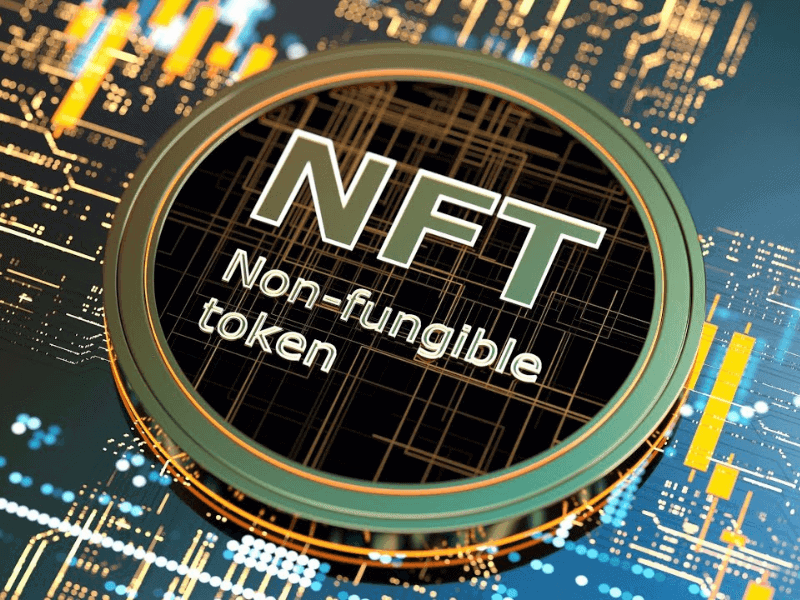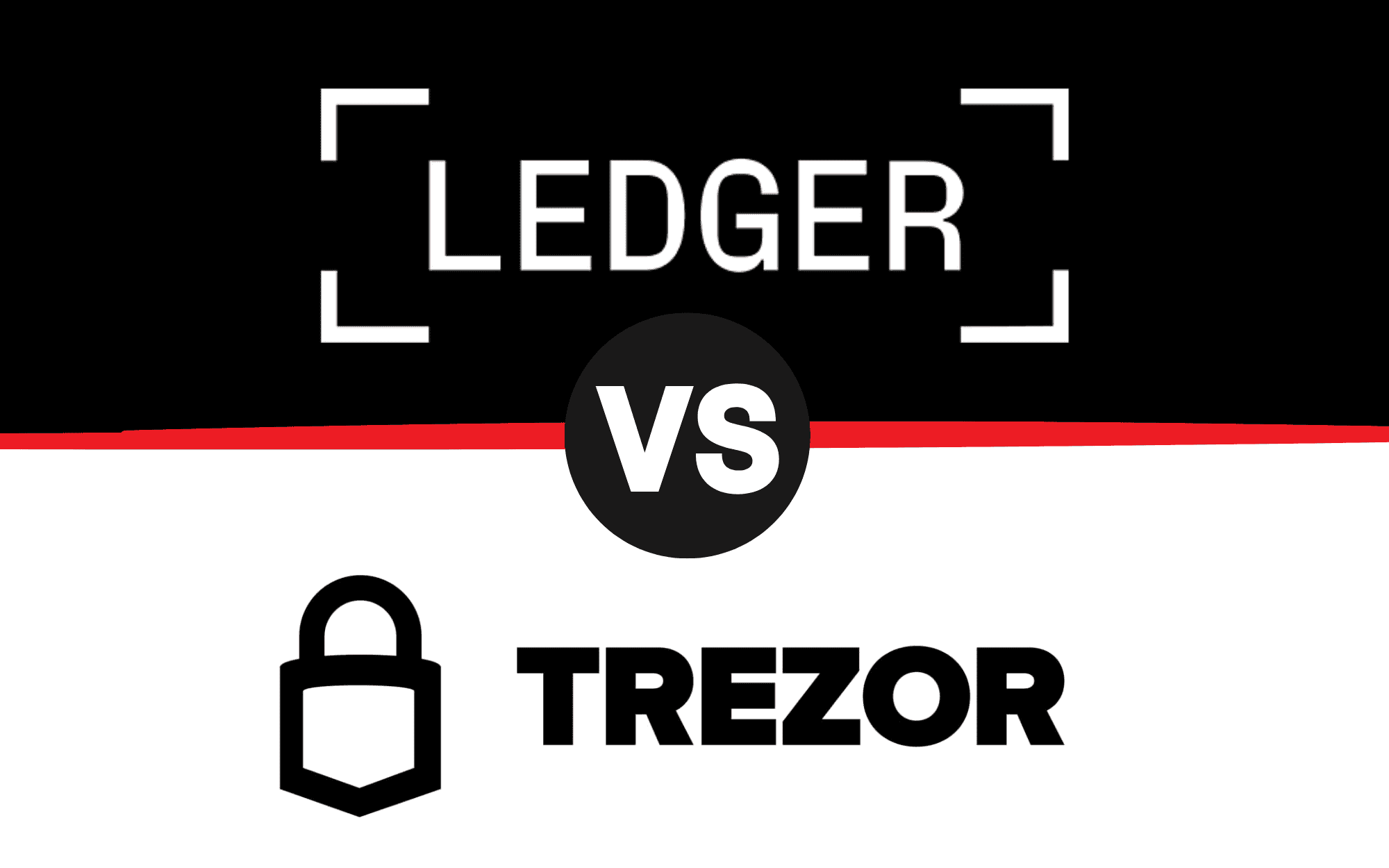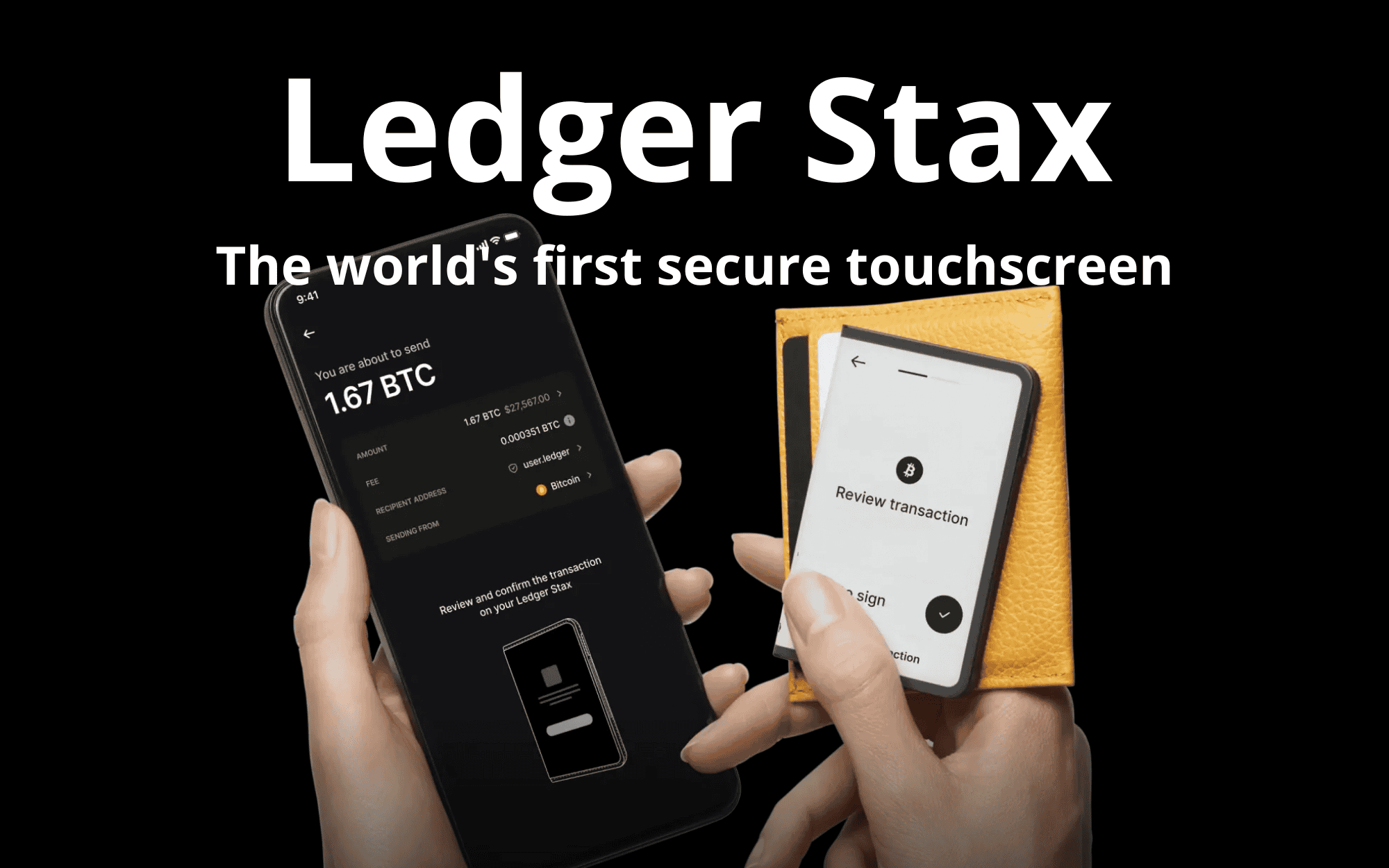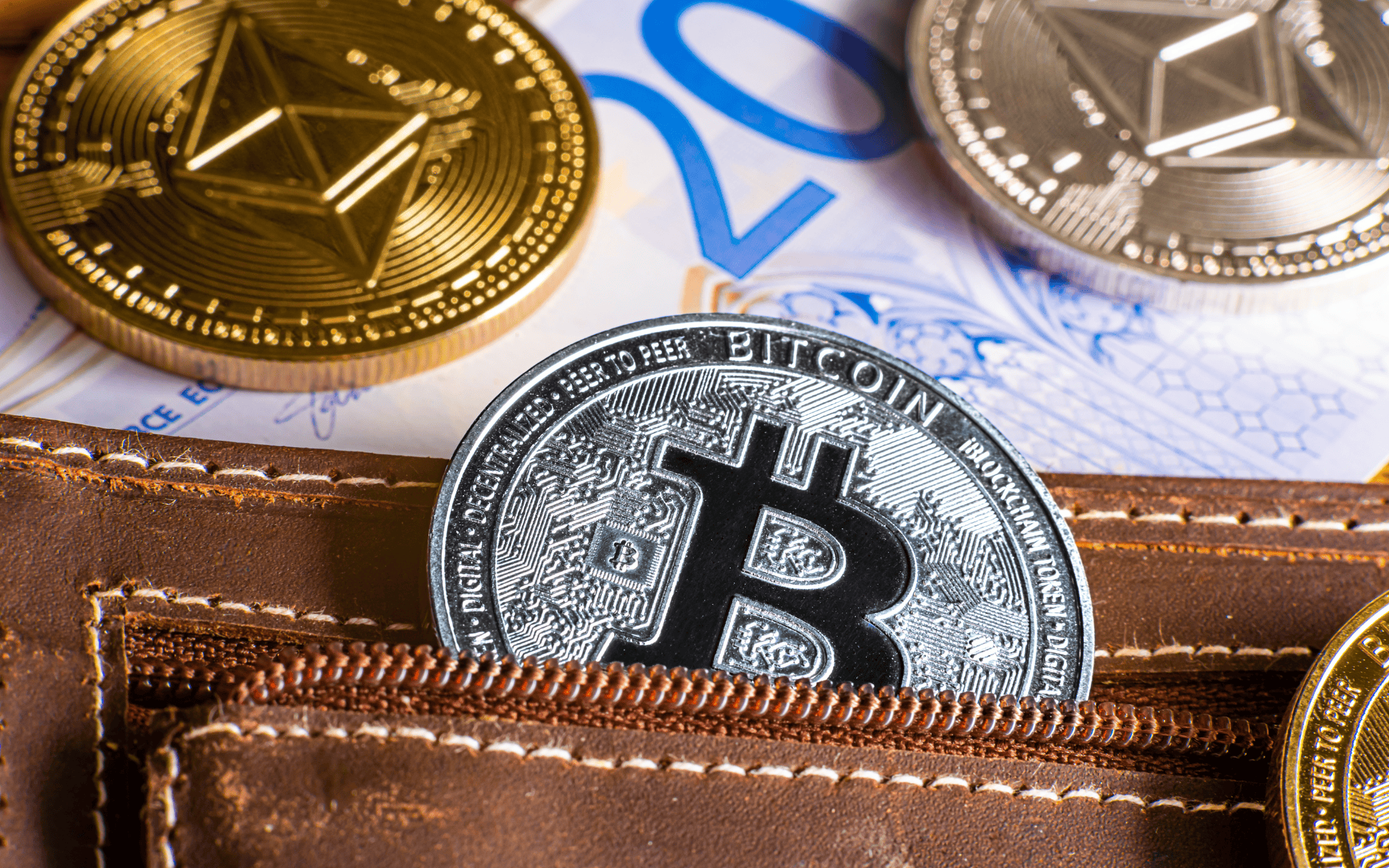Non-fungible tokens (NFTs) have revolutionized the digital space, offering a unique way to own and trade digital assets. Unlike cryptocurrencies such as Bitcoin, NFTs represent one-of-a-kind items, from digital art to music and virtual real estate. Their popularity has surged, driven by their ability to empower creators, authenticate ownership, and unlock new opportunities in industries like gaming, entertainment, and finance. Understanding what NFTs are and how they work is essential for navigating this rapidly growing market.
How Do NFTs Work?
NFTs are built on blockchain technology, typically utilizing the Ethereum blockchain or similar platforms that support smart contracts. Here’s how they work:
-
Tokenization:
- Digital or physical assets are tokenized into an NFT, creating a unique digital certificate of ownership.
- Each NFT is assigned a unique identifier and metadata, making it distinct from any other token.
-
Blockchain Record:
- The NFT’s details, including ownership and transaction history, are securely stored on the blockchain, ensuring transparency and immutability.
-
Smart Contracts:
- Smart contracts handle the transfer of ownership and enforce the terms of the transaction without the need for intermediaries.
Applications of NFTs
-
Digital Art:
- NFTs have revolutionized the art world, allowing artists to tokenize their work and sell it directly to collectors. This eliminates the need for galleries and auction houses, empowering creators.
- Example: Beeple’s NFT artwork “Everydays: The First 5000 Days” sold for $69 million at Christie’s.
-
Music and Entertainment:
- Musicians can tokenize their albums, offering fans unique perks like unreleased tracks or backstage passes.
- Example: Kings of Leon released their album as an NFT, generating over $2 million in sales.
-
Gaming:
- NFTs are used to represent in-game items, characters, or virtual real estate, giving players true ownership of their assets.
- Example: Axie Infinity allows players to earn cryptocurrency by battling and breeding Axies, which are represented as NFTs.
-
Virtual Real Estate:
- Platforms like Decentraland and The Sandbox enable users to buy, sell, and build on virtual plots of land represented by NFTs.
-
Collectibles:
- NFTs have modernized the collectibles market, allowing users to trade digital cards, sports moments, and memorabilia.
- Example: NBA Top Shot offers digital basketball highlights as NFTs.
Advantages of NFTs
-
Proven Ownership:
- Blockchain technology ensures that ownership records are transparent and tamper-proof.
-
Authenticity:
- NFTs eliminate counterfeiting, as each token is unique and traceable.
-
Creator Empowerment:
- Artists and creators can earn royalties through smart contracts whenever their NFT is resold.
-
Global Market Access:
- NFTs enable creators to reach a global audience, expanding their market opportunities.
Challenges and Criticisms
-
Environmental Concerns:
- The energy consumption of blockchain networks like Ethereum has raised concerns about the environmental impact of NFTs.
-
Market Volatility:
- The value of NFTs can be highly speculative, leading to price volatility and potential financial losses.
-
Copyright Issues:
- Determining intellectual property rights in NFT transactions can be complex.
-
Accessibility:
- High transaction fees (gas fees) on blockchain networks can deter smaller creators and buyers.
How to Get Started with NFTs
-
Choose a Wallet:
- Set up a digital wallet that supports NFTs, such as MetaMask or Trust Wallet.
-
Select a Marketplace:
- Popular platforms include OpenSea, Rarible, and Foundation.
-
Mint an NFT:
- Upload your digital content, set the price, and mint your NFT on the chosen marketplace.
-
Buy or Sell NFTs:
- Browse marketplaces, bid on NFTs, or list your own tokens for sale.
Why Are NFTs So Popular?
The popularity of NFTs can be attributed to their ability to:
- Empower creators by providing new revenue streams.
- Enable unique ownership experiences in the digital age.
- Foster communities around shared interests.
- Introduce novel use cases in art, gaming, and beyond.
Popular NFTs:
CryptoPunks

CryptoPunks are among the first NFT projects on the Ethereum blockchain, created by Larva Labs in 2017. The collection consists of 10,000 unique 24×24 pixel art characters, including punks with distinctive attributes such as hats, sunglasses, and even alien or zombie features. CryptoPunks are highly valued for their historical significance and rarity, with some selling for millions of dollars.
Bored Ape Yacht Club (BAYC)
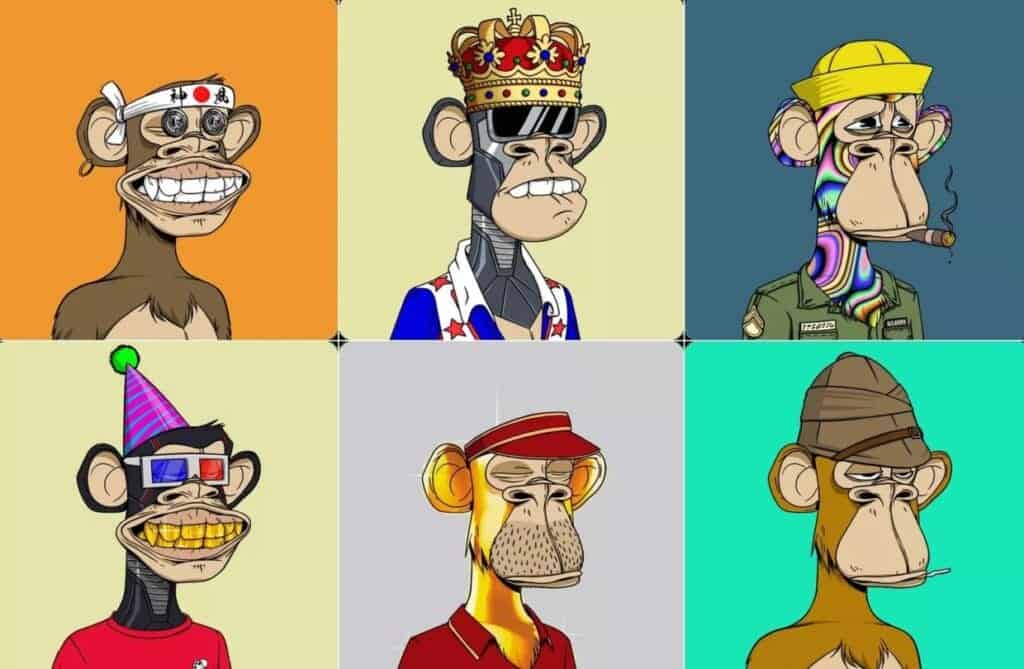
The Bored Ape Yacht Club, developed by Yuga Labs, features a collection of 10,000 unique, cartoonish ape NFTs. Owning a BAYC NFT grants membership perks, including access to exclusive events, merchandise, and even future NFT drops. BAYC has become a cultural phenomenon, with celebrities and influencers proudly showcasing their digital apes.
Axie Infinity
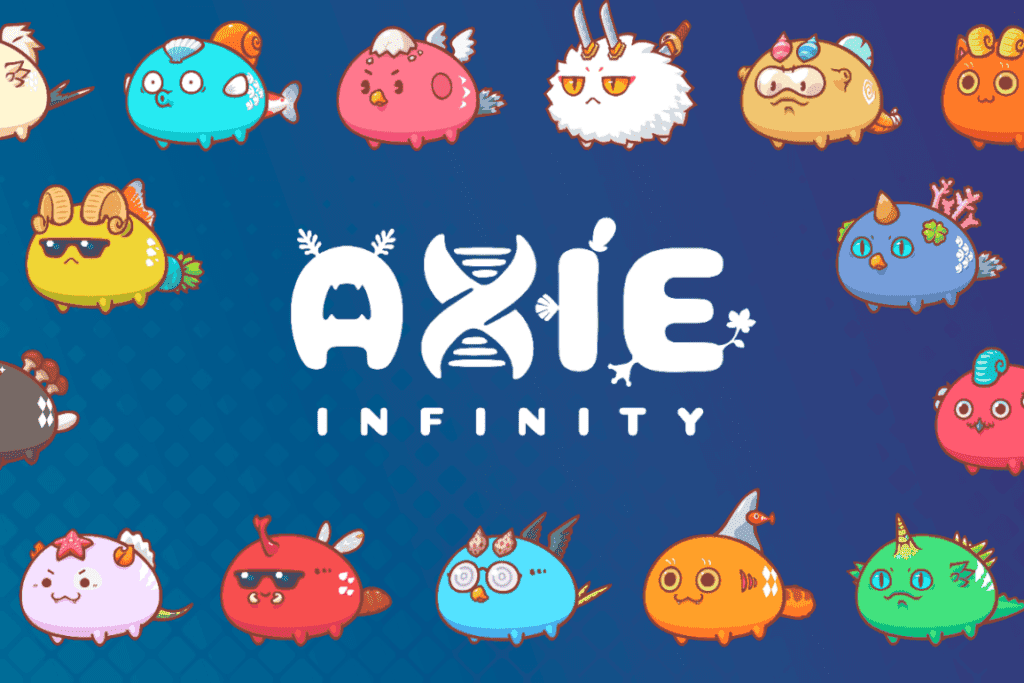
Axie Infinity combines gaming with NFTs, allowing players to own, breed, and battle virtual creatures called Axies. These NFTs are integral to the game’s ecosystem and have helped Axie Infinity become one of the most popular blockchain-based games.
FAQ: What Are NFTs and Why Are They So Popular?
What Are NFTs?
NFTs, or Non-Fungible Tokens, are unique digital assets stored on a blockchain. Unlike cryptocurrencies such as Bitcoin, which are interchangeable, NFTs represent ownership of one-of-a-kind items like digital art, music, videos, or virtual real estate.
How Do NFTs Work?
NFTs operate on blockchain technology, primarily on networks like Ethereum. Each NFT is assigned a unique identifier and metadata that verify its authenticity and ownership. Smart contracts on the blockchain ensure secure transactions, making it impossible to duplicate or tamper with the asset.
What Makes NFTs Popular?
NFTs have gained immense popularity for several reasons:
- Ownership and Authenticity: Buyers can prove ownership of digital assets.
- Royalties for Creators: Smart contracts allow artists to earn royalties each time their NFT is resold.
- Community and Investment: NFTs provide access to exclusive communities and are seen as speculative investments.
- Versatility: NFTs are used in gaming, virtual worlds, and collectibles, expanding their appeal.
How Are NFTs Different from Cryptocurrencies?
While both NFTs and cryptocurrencies are based on blockchain technology, they serve different purposes:
- Cryptocurrencies: Fungible assets that can be exchanged one-to-one, like Bitcoin or Ethereum.
- NFTs: Non-fungible assets that are unique and cannot be directly exchanged for another NFT.
How Can I Buy NFTs?
To buy NFTs, follow these steps:
- Set Up a Crypto Wallet: Use wallets like MetaMask or Trust Wallet to store cryptocurrency.
- Buy Cryptocurrency: Purchase Ethereum or another blockchain-specific currency on exchanges like Binance or Coinbase.
- Choose an NFT Marketplace: Platforms like OpenSea, Rarible, or Foundation host a wide variety of NFTs.
- Make a Purchase: Browse NFTs, place a bid, or pay the listed price to buy your desired asset.
NFTs, or Non-Fungible Tokens, are unique digital assets stored on a blockchain. Unlike cryptocurrencies such as Bitcoin, which are interchangeable, NFTs represent ownership of one-of-a-kind items like digital art, music, videos, or virtual real estate.
NFTs operate on blockchain technology, primarily on networks like Ethereum. Each NFT is assigned a unique identifier and metadata that verify its authenticity and ownership. Smart contracts on the blockchain ensure secure transactions, making it impossible to duplicate or tamper with the asset.
NFTs have gained immense popularity for several reasons:
- Ownership and Authenticity: Buyers can prove ownership of digital assets.
- Royalties for Creators: Smart contracts allow artists to earn royalties each time their NFT is resold.
- Community and Investment: NFTs provide access to exclusive communities and are seen as speculative investments.
- Versatility: NFTs are used in gaming, virtual worlds, and collectibles, expanding their appeal.
While both NFTs and cryptocurrencies are based on blockchain technology, they serve different purposes:
- Cryptocurrencies: Fungible assets that can be exchanged one-to-one, like Bitcoin or Ethereum.
- NFTs: Non-fungible assets that are unique and cannot be directly exchanged for another NFT.
To buy NFTs, follow these steps:
- Set Up a Crypto Wallet: Use wallets like MetaMask or Trust Wallet to store cryptocurrency.
- Buy Cryptocurrency: Purchase Ethereum or another blockchain-specific currency on exchanges like Binance or Coinbase.
- Choose an NFT Marketplace: Platforms like OpenSea, Rarible, or Foundation host a wide variety of NFTs.
- Make a Purchase: Browse NFTs, place a bid, or pay the listed price to buy your desired asset.

